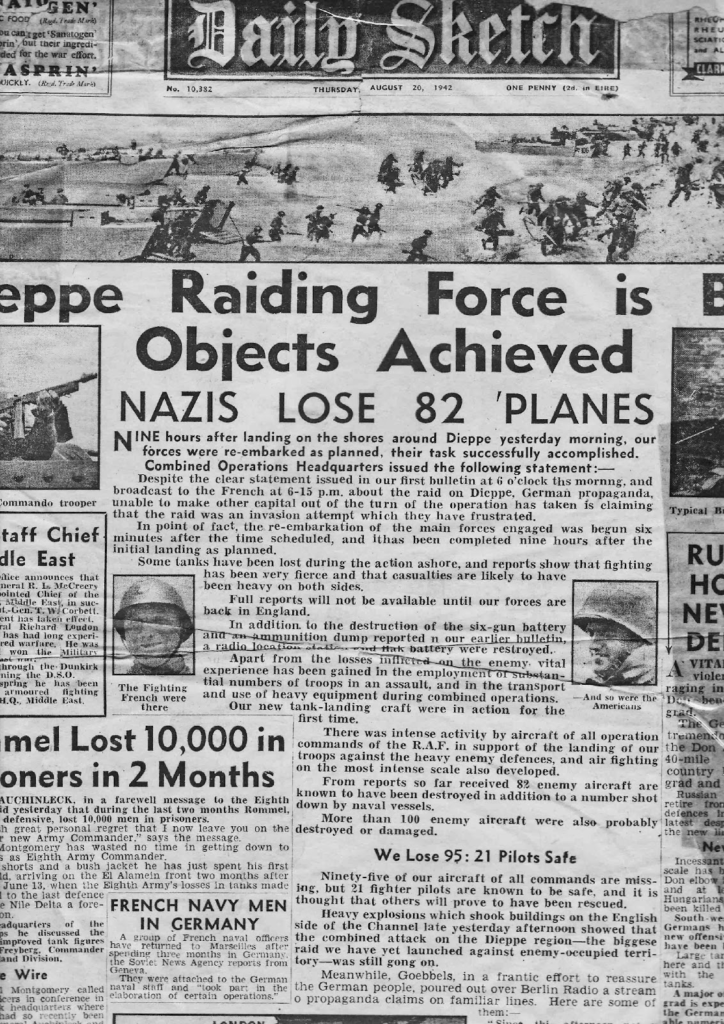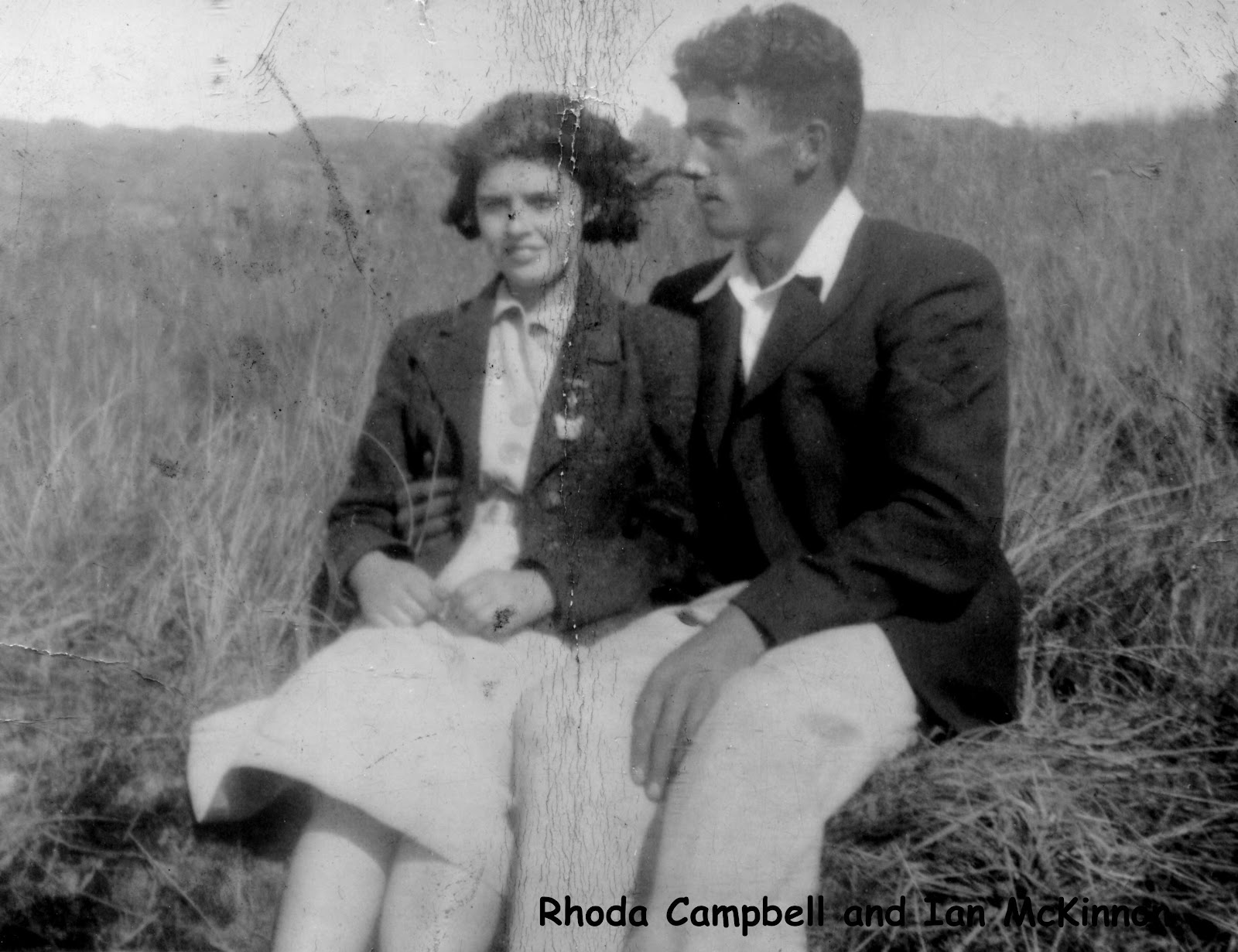While ‘tidying up’ the apartment during the ‘house arrest and solitary confinement COVID times’, I decided it was finally time to sort out all my mother’s photos and paper memorabilia. Some years ago, my mother lent me her photo album, scrapbook, and various documents. This would enable me to finish the ‘Family history’. Regrettably, she passed away before I could return them. This was many years ago now; all her memorabilia has just been lying in boxes in one of my storage rooms all this time. Once again, I thought I can tidy all this up ‘in a jiffy’. Wrong once again!
I saw writing a ‘Family History’ as a way to enable members of the wider family to have access to it. With this in mind, I thought it would be a good idea to organize the material in a better way than my mother had done. Although I mentioned above that my mother would have made a good librarian, this was perhaps an exaggeration; she wasn’t always that systematic.
Moreover, in order to make the material accessible to other people, it also made sense to digitise everything. This turned out to be another of those never-ending ‘done-in-a-jiffy’ jobs! It was while sorting, organizing, and tidying up all the materials that I thought I should also try to systematize my own paper and digital memorabilia. This includes my personal memories – hence this series of books (“No Woman No Cry”).
Once I had started working on the ‘family history’ book, it seemed natural to write about my own recollections. Of course, I also used the source material in my mother’s paper memorabilia. I have already completed this book “Boyhood Recollections” (2022) and posted it on one of my websites (https://macgillivray-culloden.com/)
The goal is to publish paper and electronic copies (on websites) of the various books. As mentioned, “Boyhood Recollections” has already been posted and is available in book form. I also intend to publish ‘family histories/trees’ – but perhaps these can also be included in the main series of books: “No Woman No Cry,” as an appendix.
I have also written semi-fictional accounts relating to the ‘family history’. Some examples are the life of my great grandmother, Morag MacKinnon, “The Tale of Morag”; and “The Massacre of Uamh Fhraing,” the genocide committed on the Isle of Eigg.9
But this is an ongoing process (as of 2023) done mainly for my own satisfaction. Of course, it is also for anyone else who might be interested, such as members of my wider family. Obviously, this is not all done ‘in a jiffy’; however, I have made considerable progress during these ‘COVID Times’.
More or less being sentenced to solitary confinement and house arrest definitely gave me time for this. Before the pandemic, I spent a lot of time travelling and working elsewhere other than in my home office. It goes without saying that this is now much more difficult between 2020-2022.
Of course, the advantage of electronically publishing a ‘family history’, ie. “No Woman No Cry” (“Rhoda’s Scrapbook”), is that other members of the wider family can contribute with their own further investigations and stories.
I realise now that I can’t remain ‘stuck in the past’ about how publications have to be perfect, saleable, and accepted by a publisher. Such a way of thinking is just a brake on the whole process. I will create ‘finished’ and ‘draft’ products, digital and paper. I can produce them all at my own expense, without being ‘censored’ by commercial publishers.
In other words, these ‘recollections’ do not constitute a ‘well-wrought urn’.10 I seem to remember reading somewhere that Picasso when he thought of an idea it was in one sense ‘finished’ – in other words, artistic production is always in flux, and not like words carved in stone.
Thus:
“A picture is not thought out and settled beforehand. While it is being done it changes as one’s thoughts change. And when it is finished, it still goes on changing, according to the state of mind of whoever is looking at it. A picture lives a life like a living creature, undergoing the changes imposed on us by our life from day to day. This is natural enough, as the picture lives only through the man who is looking at it.”11
Consequently, “No Woman No Cry” is in a state of flux. That is, every ‘re-reading’ will produce a new version. Like all the versions of The House of the Rising Sun by Leadbelly, the Animals, Frijid Pink, and others, there is no definitive version. But at one point in time, you have to ‘close the book’ and say ‘that’s that’. However, it will always remain a type of ‘draft’ – an unfinished project.
10 https://en.wikipedia.org/wiki/The_Well_Wrought_Urn
11 “Statement by Picasso”, as reported by Christian Zervos in Barr, A.H. Picasso: Fifty Years of His Art, 1946, p. 272. https://theoria.art-zoo.com/conversation-with-picasso-pablo-picasso/ Read 8 April 2022.



